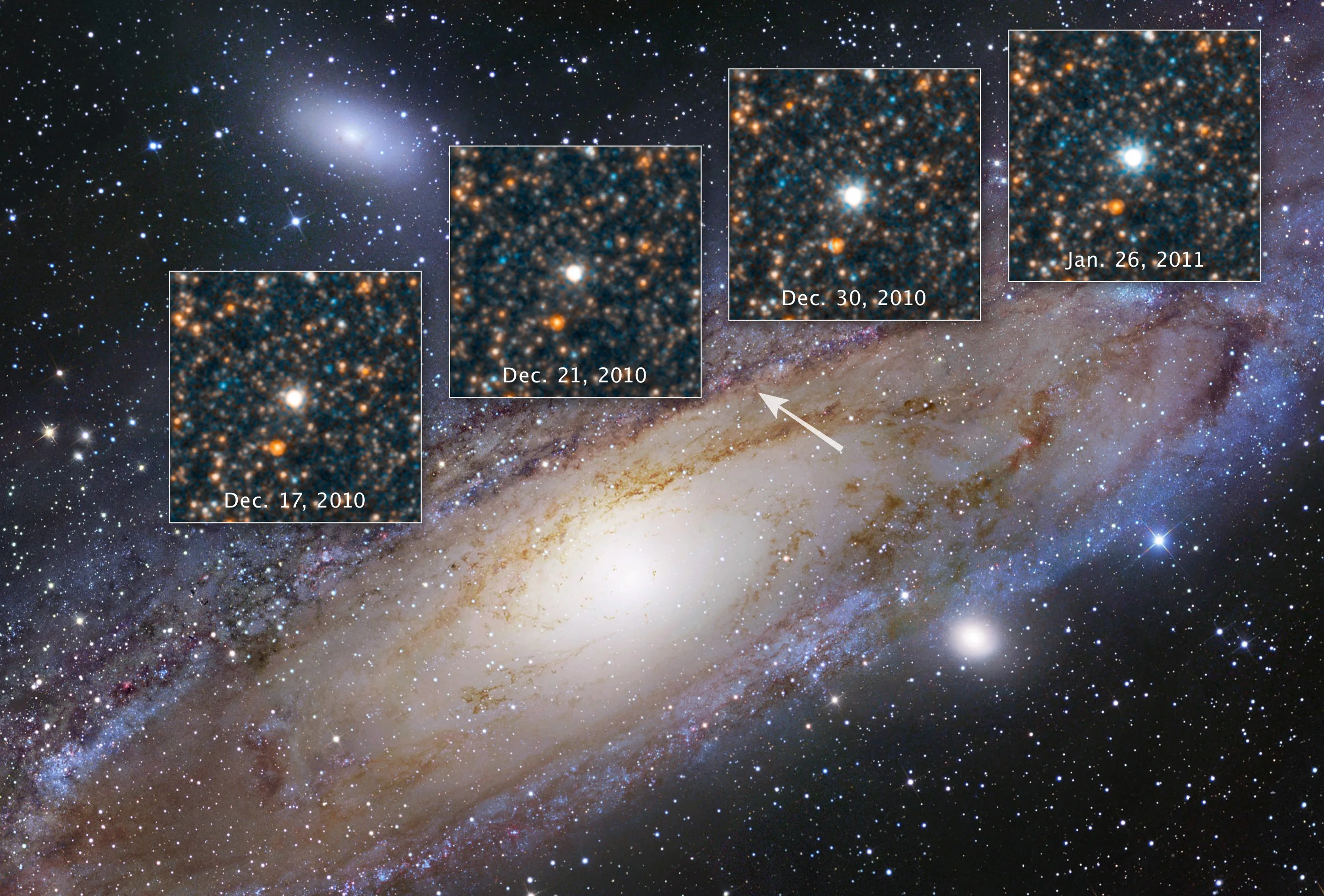Galaxies Stories
Filters

NASA’s Hubble Traces Hidden History of Andromeda Galaxy
6 min read
In the years following the launch of NASA’s Hubble Space Telescope, astronomers have tallied over 1 trillion galaxies in the universe. But only one galaxy stands out as the most important nearby stellar island to our Milky Way — the…
Article5 days ago

NASA Celebrates Edwin Hubble’s Discovery of a New Universe
7 min read
For humans, the most important star in the universe is our Sun. The second-most important star is nestled inside the Andromeda galaxy. Don’t go looking for it — the flickering star is 2.2 million light-years away, and is 1/100,000th the…
Article6 days ago

Newfound Galaxy Class May Indicate Early Black Hole Growth, Webb Finds
6 min read
In December 2022, less than six months after commencing science operations, NASA’s James Webb Space Telescope revealed something never seen before: numerous red objects that appear small on the sky, which scientists soon called “little red dots” (LRDs). Though these…
Article1 week ago
